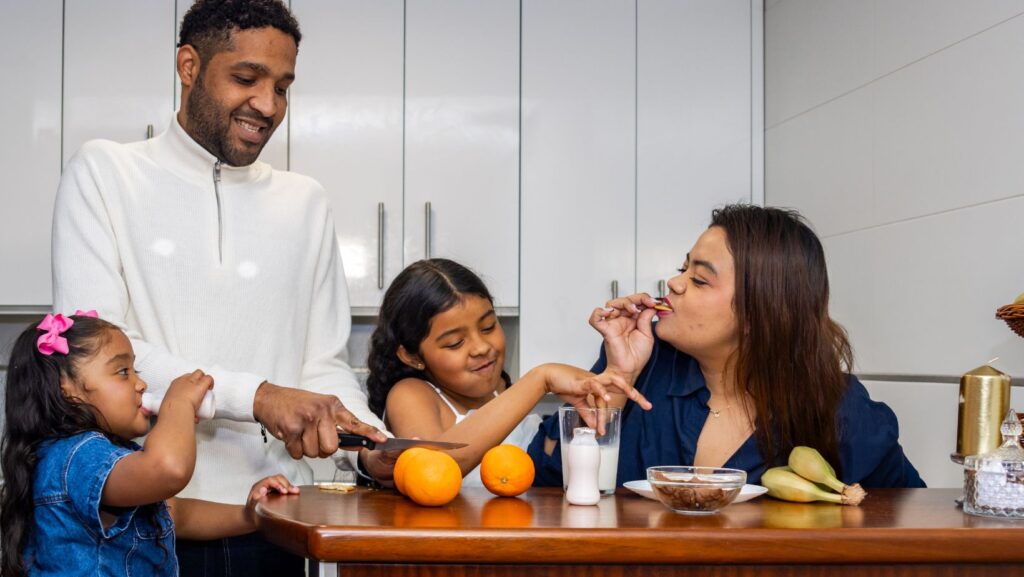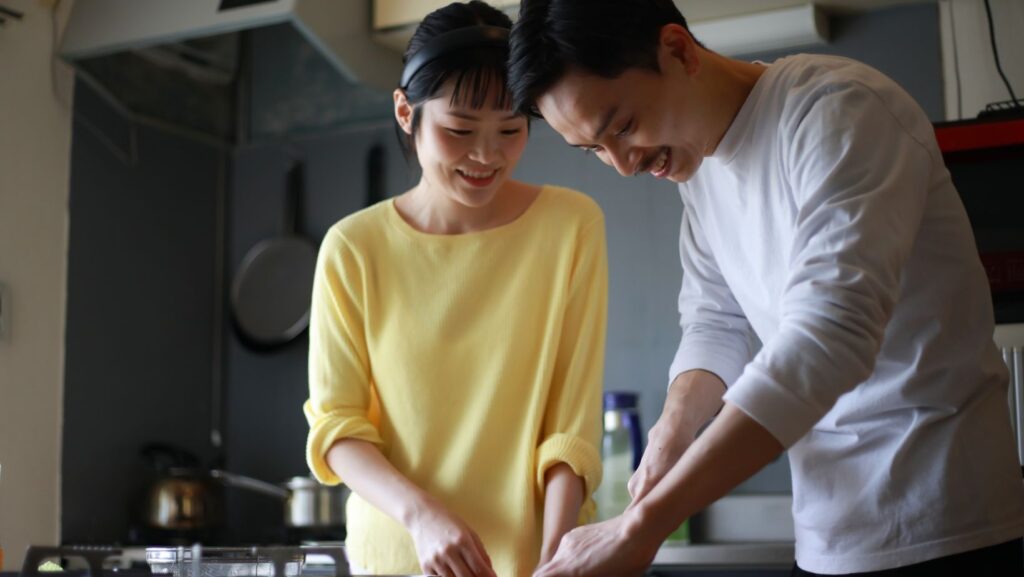Introduction:
Balancing between togetherness and independence is perhaps the most difficult part of contemporary relationships. Contemporary couples experience pressures that no previous generation has experienced in history. The emergence of remote working, online interaction, and evolving social norms has altered the way couples communicate and preserve their own sense of self. The majority wrestle with the apprehension of losing their sense of self within a relationship as well as not being close enough to the partner. The solution is recognising that independence and closeness are not conflicting forces but complementary factors that render a relationship strong. When each partner retains their individuality and constructs mutually shared experiences, they form a stronger and more satisfying relationship. This article examines pragmatic techniques for attaining this sensitive balance and establishing a relationship in which each partner can live and flourish.
Identifying Personal Space in Relationships
Personal space is the cornerstone of healthy relationships. Everyone requires time to themselves to rejuvenate, pursue personal goals, and preserve their concept of self. If they don’t have this space, the partners will feel resentful or smothered, and the best of relationships can be damaged. Every individual needs a varying degree of personal space, so communication is vital. A couple of hours on their own each day may be needed by some partners, while others will be content to spend time alone occasionally. Embracing such differences without criticism makes both partners feel appreciated. Alone time also enables partners to reflect for themselves, which enables interactions when couples reunite to be more precious. Instead of seeing time apart as a threat to the relationship, healthy couples perceive it as an investment in their own health and, by extension, in the health of their partnership.
Having Individual Interests and Activities
Having independent interests outside of the relationship ensures both individuals are mentally stimulated and emotionally satisfied. If individuals give up their hobbies and interests to have every waking moment with their partner, they tend to lose the very attributes that made them appealing in the first place. Personal pursuits give things to talk about, avoid codependency, and ensure personal identity. Whether it’s playing a sports league, taking art lessons, or exploring one’s own personal health through devices such as a fleshlight for masturbation, each of these individual activities helps contribute to personal development. One’s partner that supports the other’s personal interest honours and trusts that they are special. Supporting one another secures the relationship by demonstrating love does not have to be together every second or like the same things. The learning and development that are part of personalised hobbies eventually come back to the relationship as the partners reunite to share their individual worlds.
Building Quality Time Together
Independence is needed, but intentionally planned together is the glue that holds relationships strong. Quality time is quite different from simply being together in the same room and browsing through phones or watching TV. It demands undivided attention, true interaction, and experiences that build emotional closeness. Healthy couples plan regular date nights, engage in new activities together, and establish routines that revive their connection. Such shared time does not have to be extravagant or fancy. Preparing dinner together, taking evening walks, or having deep talks over a cup of coffee can be as impactful as great gestures. It is the quality and quantity of time spent that matters, and not necessarily the activity. By taking time for these events, couples indicate that the relationship remains a concern amidst busy timetables and personal pursuits. Shared quality time in this way negates both the autonomy every person requires and the closeness long-term relationships require to endure.
Communicating Needs and Boundaries
Expressing individual needs openly prevents miscommunication and resentment buildup. Most relationship problems stem from unexpressed expectations or assumptions that a partner ought to somehow know intuitively. Communicating boundaries on personal time, social life, and individual needs clarifies things and prevents hurt feelings. Vulnerability and honesty are required for such conversations but build stronger foundations than silences or passive aggressiveness. Partners need to also check in with each other periodically to see if the balance they’ve established is working or not and if it must shift. Life circumstances are constantly shifting, and balance that exists at one moment in a relationship isn’t balance at another. Communication involves listening, without defensiveness, to what a partner is requiring. Having a secure place for this kind of discussion enables both to voice out for themselves without compromising their devotion to the relationship. Open communication among couples turns their possible disagreements into a platform to achieve a deeper, more personal connection and understanding.
Supporting Each Other’s Growth
Healthy relationships encourage both partners to grow and work towards their goals. When a partner denies the other opportunities due to fear of loss or departure, the relationship becomes a prison rather than a partnership. Love entails being supportive of a partner’s career ambitions, education, and self-improvement, even if at a cost or compromise. Such support sends a message of confidence in the relationship’s durability and each person’s commitment. Growth often implies taking risks, experimenting, and sometimes falling. Partners who support each other’s success and comfort failures create a scenario where both are capable of developing. The encouragement also creates the model of healthy relationship dynamics that will be an inspiration to others. Since both partners develop themselves, they come back to the relationship with fresh information, capability, and experience, which helps keep the relationship exciting and alive. To encourage growth is to have the conviction that individual growth upholds and does not deconstruct the union.
Breaking Out of Codependency
Codependency destroys relationships, as it makes either or both partners unable to function on their own. Codependency as a pattern has a way of creeping up on you, hiding behind the guise of love or devotion. Signs include being unable to make choices in isolation from a partner, abandoning friends and family, or going berserk when the partner departs. Work, and in some cases professional intervention, is required in order to disassemble codependency patterns. Each of them needs to recognise their value as a unique individual outside of the relationship and find their own support system.

That is not about loving each other any less but loving out of wholeness rather than need. Creating independence within a relationship is all about restoring personal identity and confidence. Partners can start by doing everything separately, having their own friends, and making their own decisions. The more independent the two are, the more the relationship is a choice and not a necessity, which, by the way, makes it stronger. Healthy interdependence is different from codependency in that both partners are still individual people who enjoy attachment but are not dependent on it in order to exist.
Building Trust Through Independence
Trust is fortified when partners believe in each other’s autonomy. An attempt to control a partner’s time, friends, or pastimes indicates insecurity and tears the pillars of the relationship down. Couples who believe in each other enough to enjoy independent lives while remaining committed strengthen their relationship against the tribulations of life. It allows both partners to pursue opportunities without guilt or excess anxiety. It also provides space for honesty about feelings, needs, and fears. They feel safe enough to be separate without fear of abandonment or deception when they trust each other. The trust grows stronger with time and with consistent behaviours that validate dependability and commitment. Honesty about activities, friends, and feelings is applied to uphold trust even when the partners are not together. Where trust is present, independence is not a threat but a virtue. Couples can survive physical distance, stressful schedules, and divergent interests without checking in and reassuring each other at every turn, having mature relationships based on mutual respect.
Conclusion
Harmony and independence in balance create relationships wherein both persons and the couple may thrive. Harmony like this requires constant communication, respect for one another, and accommodation of changing circumstances. There is no recipe for any couple because every relationship has its own personalities, needs, and dynamics. The only thing that should be important is that both of them are content with the amount of independence and togetherness. Open, continuous communication regarding the balance prevents resentment and ensures that both the two persons’ needs are being met. When couples achieve it, they create relationships that are marked by expansion, trust, and real intimacy. Autonomy does not kill commitment when the two understand that personal satisfaction grows, but does not diminish, their capacity to love. By valuing individual needs and shared aspirations, modern couples build relationships that triumph over adversity and still enlarge. The search for ultimate balance never really ends, but the quest itself reinforces the union and makes both lives richer.


